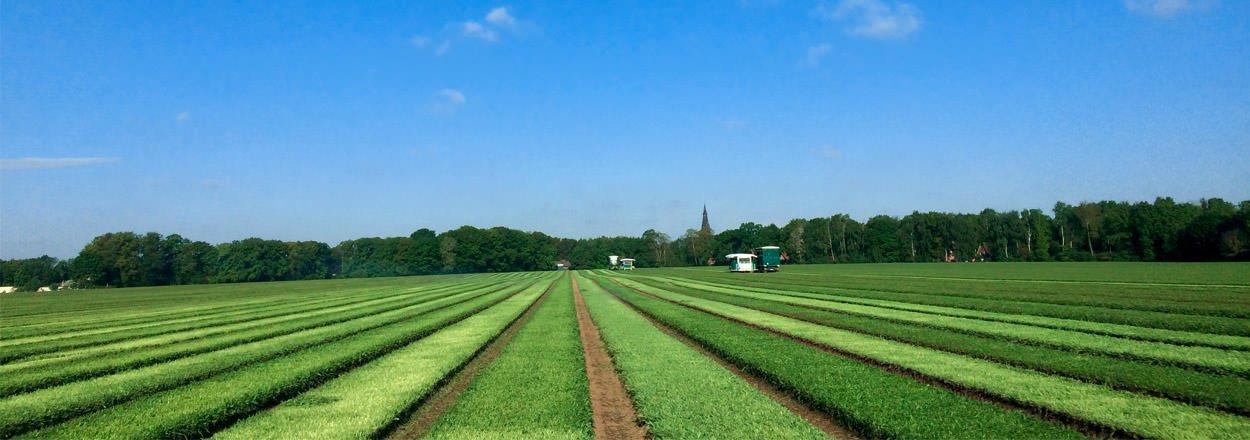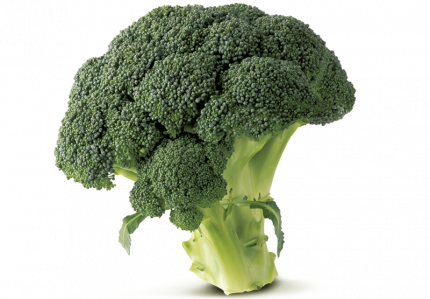Growing
Broccoli can be planted until early August. It takes around 8 weeks to grow. The plants should be around 35-40 cm apart. It should be cut back multiple times and the soil piled up around it. With this brassica, it is the flower buds that are eaten. When supplied with plenty of water, each plant will form a main head and several smaller heads in the leaf axils, which grow slightly later. The flower heads should be harvested before the buds, which are green or purple depending on the variety, open.
Nutrients
Broccoli contains very high levels of vitamin C (ascorbic acid), a lot of β-carotene, which is converted into vitamin A (retinol) in the body, vitamin K (phylloquinone) and pantothenic acid. It also contains vitamin B2 (riboflavin) and vitamin B6 (pyridoxine). When it comes to phytochemicals, broccoli contains glucosinolates, polyphenols, phytosterines, monoterpenes and carotenoids, such as the aforementioned β-carotene and α-carotene.
Preparation
The flower heads are cut with a finger-length piece of the stalk. The stalks taste as tender as asparagus. Broccoli should be used when as fresh as possible, as it quickly loses its tenderness and colour. Broccoli should be rinsed thoroughly under running water. When served as a side vegetable, it should be cooked al dente in order to retain its valuable nutrients and green colour.
Storage/preservation
Broccoli can withstand a few degrees below freezing and can be harvested until the end of the season. It should only be stored briefly in the fridge. Lactic acid fermentation, freezing or conserving are suitable for long-term preservation.

